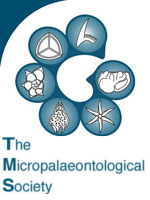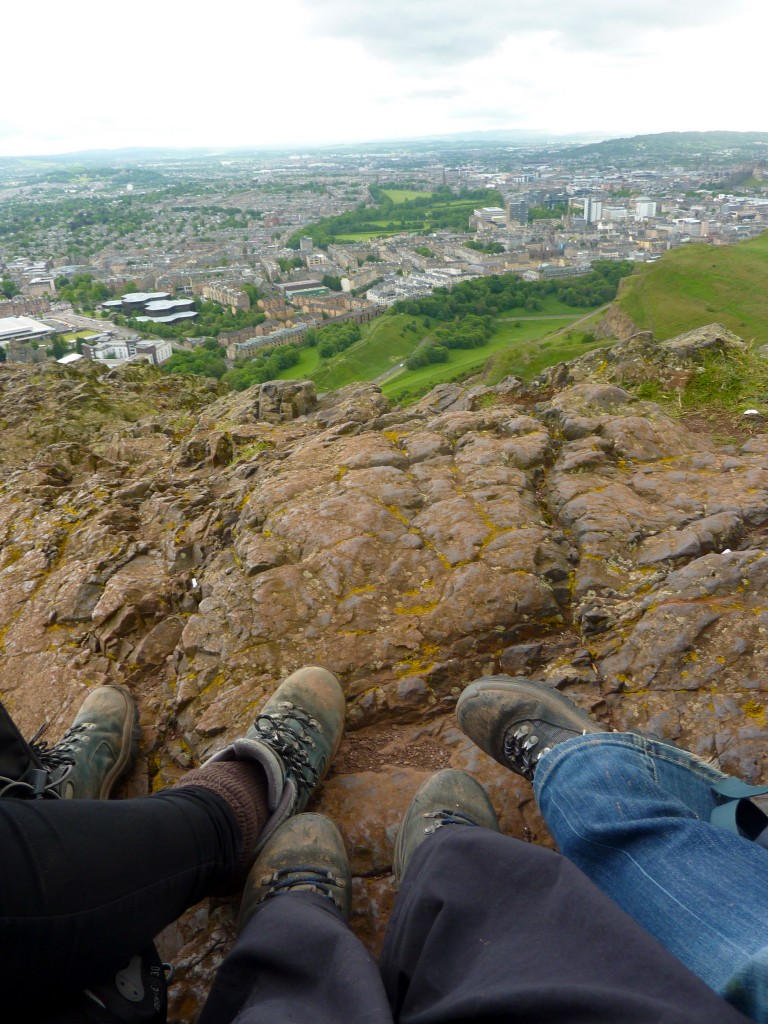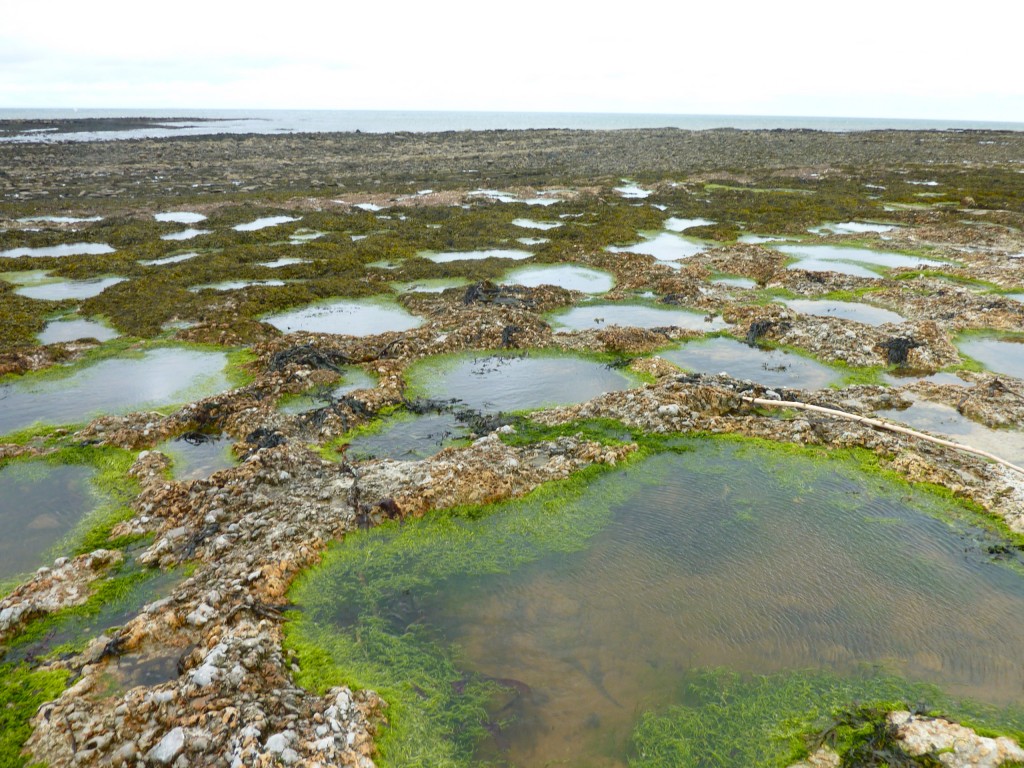Co-evolution of Life and the Planet conference in UCL and Geological Society London
4th-6th November, 2014
Co-evolution of Life and the Planet conference in UCL and Geological Society London
The Earth that sustains us today has arisen out of planetary scale co-evolution of the physical and biological worlds. The complexity of these interactions necessitates a multidisciplinary ‘Earth System Science’ approach. Two years on from ‘Life and the Planet 2011’, this two-day meeting will explore advances in our understanding of the coupled evolution of life and the planet.
The four main themes of this meeting are:
1) Precambrian origins of the modern Earth System;
2) Key events in the evolution of marine ecosystems;
3) Geological constraints on biological evolution in the polar regions;
4) Descent into the Icehouse during the Cenozoic Era.
The registration to the conference is now open! For further information, please click!
Icehouse goes to TMS meeting on Edinburgh
Eleanor John and Kirsty Edgar report from Edinburgh
 This year, ‘The Micropalaeontological Society Foraminifera and Nannofossil Groups Joint Meeting’ (or TMS for short!) was held at the University of Edinburgh from 21-23rd June. Professor Paul Pearson, Drs Tom Dunkley-Jones, Kirsty Edgar, Eleanor John and PhD student Isabel Fenton from the ‘Descent into the Icehouse’ team were in attendance along with around 80 other eager micropalaeontologists.
This year, ‘The Micropalaeontological Society Foraminifera and Nannofossil Groups Joint Meeting’ (or TMS for short!) was held at the University of Edinburgh from 21-23rd June. Professor Paul Pearson, Drs Tom Dunkley-Jones, Kirsty Edgar, Eleanor John and PhD student Isabel Fenton from the ‘Descent into the Icehouse’ team were in attendance along with around 80 other eager micropalaeontologists.
The meeting brought together micropalaeontologists working in industry and academia, those more interested in the application of microfossils, e.g. for climatic and environmental studies and even a local artist, Anne Bevan, who has been collaborating with marine bio-scientists to create sculptures, images and poetry inspired by studies of microplankton.
The conference was held in the University’s Pollock Hall, situated next to Holyrood Park, and the iconic Arthur’s Seat was visible from the conference centre. When the rain stopped and the mist cleared many of us took advantage of the fact that it was only an hour’s walk to the summit and were treated to 360° views of the city and its surroundings.
There were four talk sessions each day with long breaks in between for us to peruse the posters. Kirsty Edgar and Isabel Fenton gave talks and Eleanor John presented a poster. Dr Tracy Aze, who is part of the NERC-funded UK Ocean Acidification Research programme focussing on Eocene ocean acidification events, won a prize for her talk on the evolution of Cenozoic planktic foraminifera. Well done to her!
Because the meeting was relatively small, it provided an excellent opportunity to meet key workers in the community in an intimate setting. This was aided by the fact that the meeting was incredibly well organized (with a generous supply of cakes to aid motivation!) with plenty of time for people to mingle and to discuss ideas.
Following the meeting there was a geological field excursion to the Scottish coastline. After two days of rain we were exceptionally lucky and the rain held off for a day of carboniferous fossil hunting fun and a trip to Siccar Point, one of the most famous of geologist James Hutton’s unconformities. The descent down to the unconformity was rather steep and not for the faint-hearted! But it was well worth the walk down to see the abrupt contact between the vertically inclined Silurian greywackes and the overlying gently dipping Devonian red sandstones and breccias that so inspired Hutton.
Conference highlights included:
1) In depth discussions of how we apply species concepts in the geological record;
2) Presentations on the impact of changing foraminifer palaeoecology on geochemical records;
3) Emphasis on the critical role that planktic foraminifer play as a primary means of age control throughout their stratigraphic range;
4) The fieldtrip on the final day of the conference and the walk up to Arthur’s Seat.
Foraminifera and calcareous nannofossils provide the basis for many of the geochemical and palaeoecological analyses underpinning the Descent into the Icehouse project, thus an understanding of their evolution and palaeoecology is vital if we are to properly understand our data. The conference provided an excellent insight into many of the issues surrounding the use of these organisms and we all came away feeling much better informed. Overall, It was well the visit and certainly helped by the beautiful surroundings!
Gavin reports from Goldschmidt 2012, Montreal, Canada
This year from 24-29 June Montréal, Canada played host to the 22nd Goldschmidt geochemistry conference. Project PI Gavin Foster , with his B-team (Post-docs Miguel Martinez-Boti, Marcus Gutjahr; Eleni Anagnostou, and PhD students Michael Henehan, Rosanna Greenop and Tom Chalk), and around 3000 other geochemists attended (including Descent project member Richard Pancost). Perhaps it was because it coincided with the Montréal Jazz festival, or perhaps it was the sunny weather, or maybe simply the science, but I felt this year’s conference was particularly good.
It all started with a pre-conference boron user group meeting on the 24th (organised by Marcus Gutjahr, Bärbel Hönisch from LDEO and me) where around 30 scientists from Europe, US and world-wide discussed what is needed to improve the accuracy of boron isotope (and concentration) measurements in marine carbonates – a central technique of the Descent into the Icehouse project. After some presentations and some discussion, we all agreed on a set of CaCO3 reference materials and have an outline now for a set of experiments to ensure we are better able to compare data between laboratories in the future.
Goldschmidt 2012 itself was intense to say the least. Most days had a 0830 am start with some sessions only finishing at 1730 (with obligatory breaks in the afternoon for EURO 2012 – though sadly this wasn’t an issue for the English contingent after Sunday!). Highlights for me included:
- Our boron-based proxies session on Monday;
- On Tuesday the news from IODP 318 Wilkes Land expedition which suggested that East Antarctica was more dynamic than previously thought during the warm Pliocene (Cook et al.) and middle Miocene (Pierce et al.) periods.
- In several sessions studies were discussed where major steps forward are being made in reconciling the overly hot temperatures the TEX86 proxy is spitting out for the early Cenozoic.
- Thanks to some very innovative approaches shown later in the week involving NanoSIMS (Alex Gagnon) and laser ablation (Howie Spero) we seem to be getting closer to understanding exactly how and why foraminifera record the environment they live in. Other highlights from the meeting can be found at http://www.goldschmidt2012.org/.
I am certainly glad to be home but I’m really looking forward to presenting our new data from the Descent into the Icehouse project in Florence at Goldschidt 2013!
Links
Follow us on Twitter
Recent Posts
- In the News : What a three-million year fossil record tells us about climate sensitivity
- Past evidence confirms recent IPCC estimates of climate sensitivity
- Crucial new information about how the ice ages came about : PR & Podcast
- 2014 Sino-UK Coevolution of Life and the Planet Summer School
- Past and Future CO2 – Reconstructing atmospheric Carbon Dioxide










